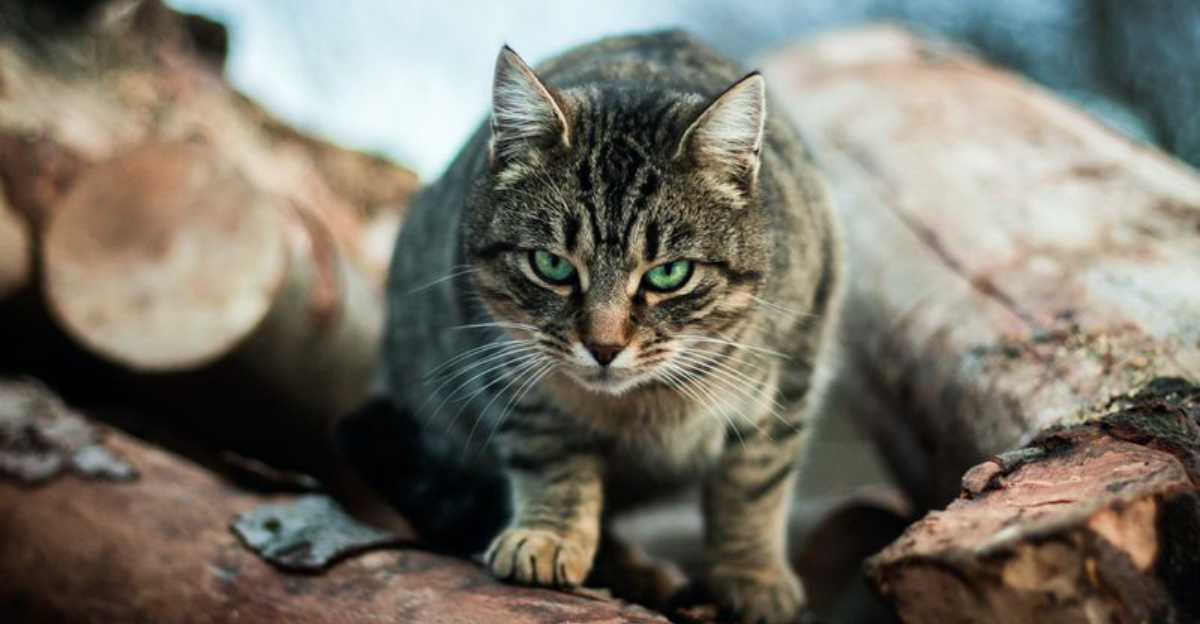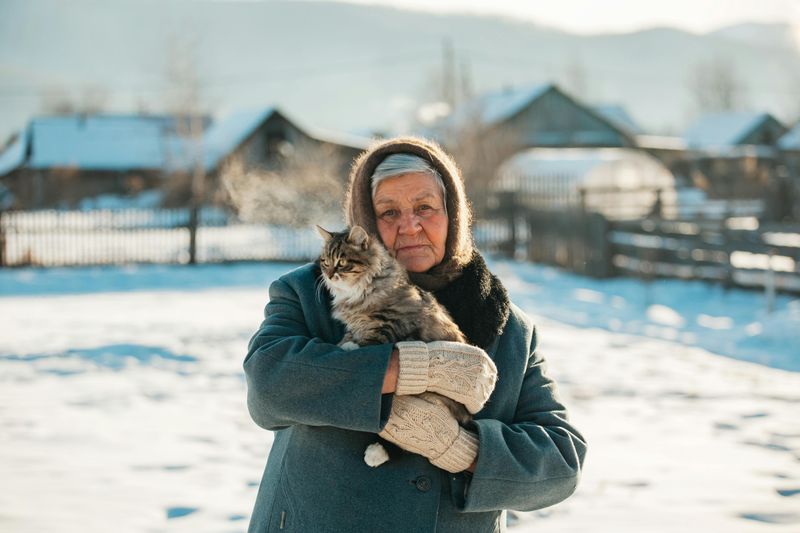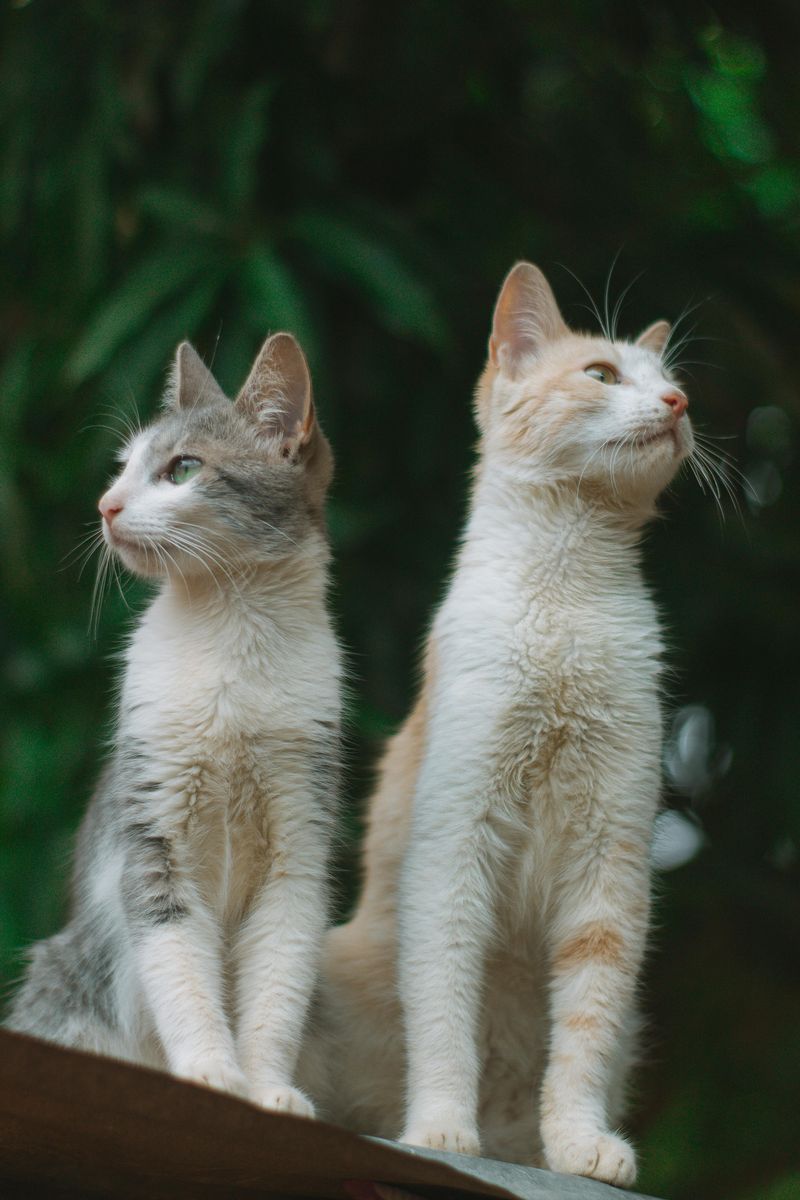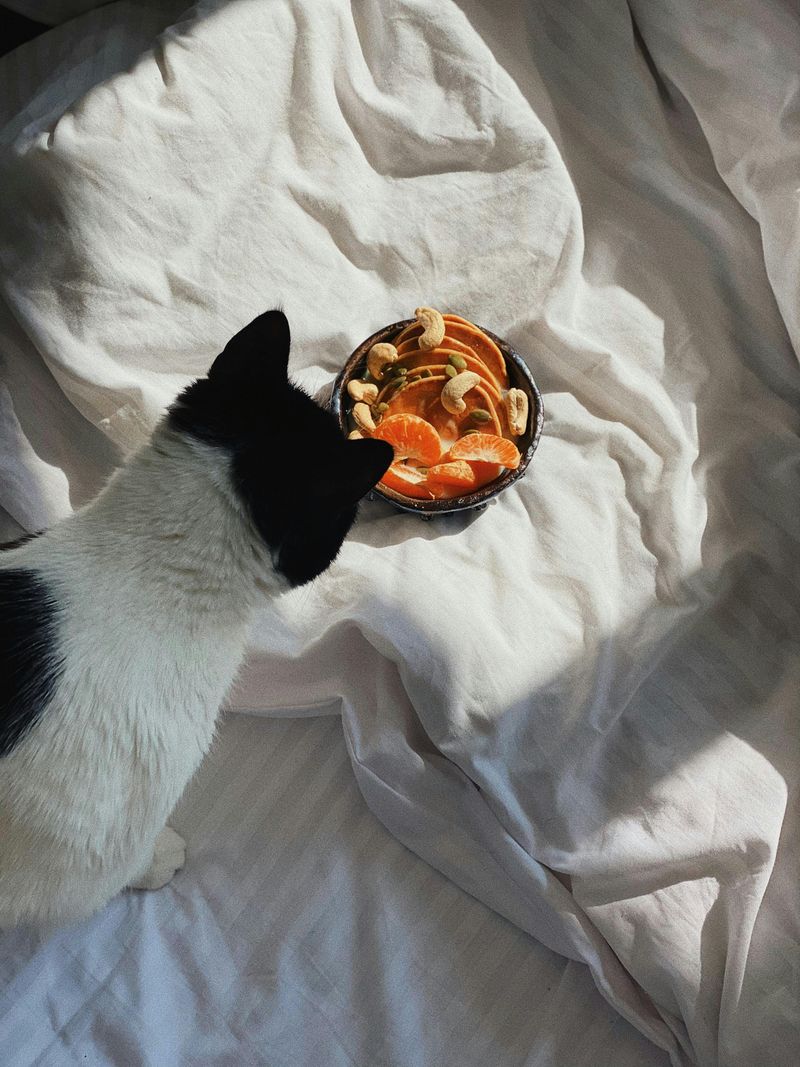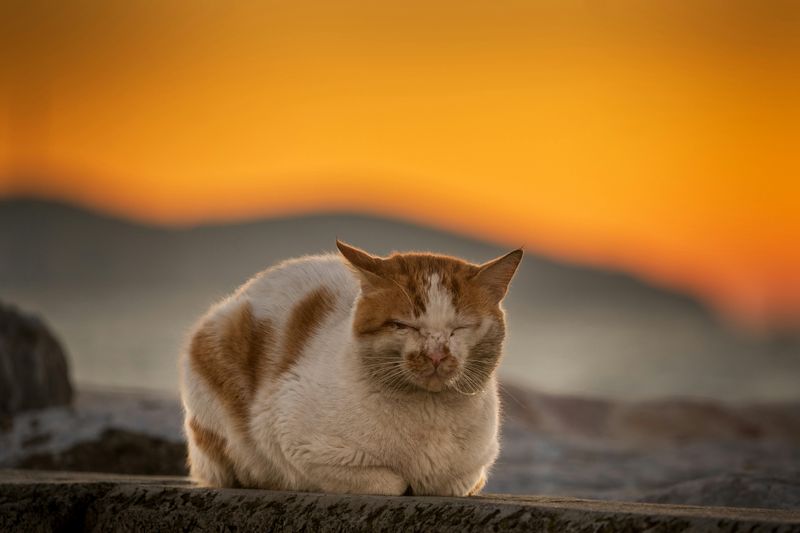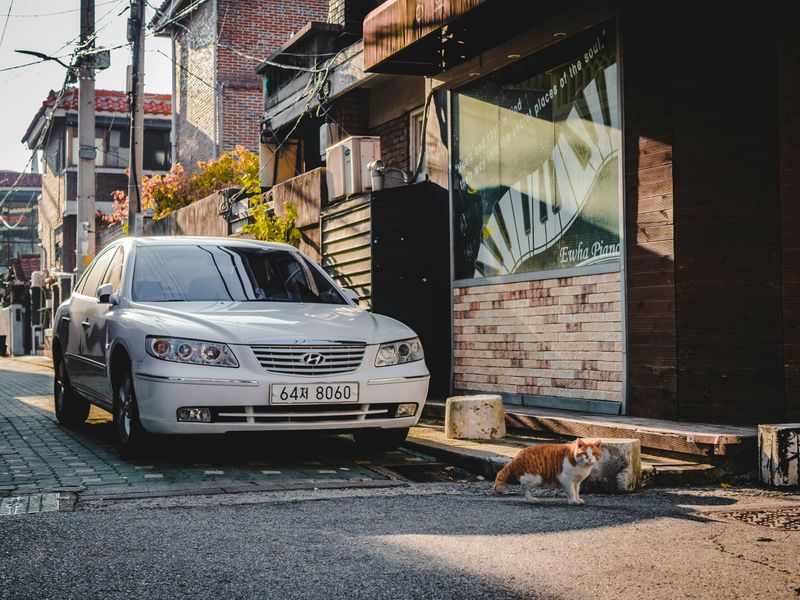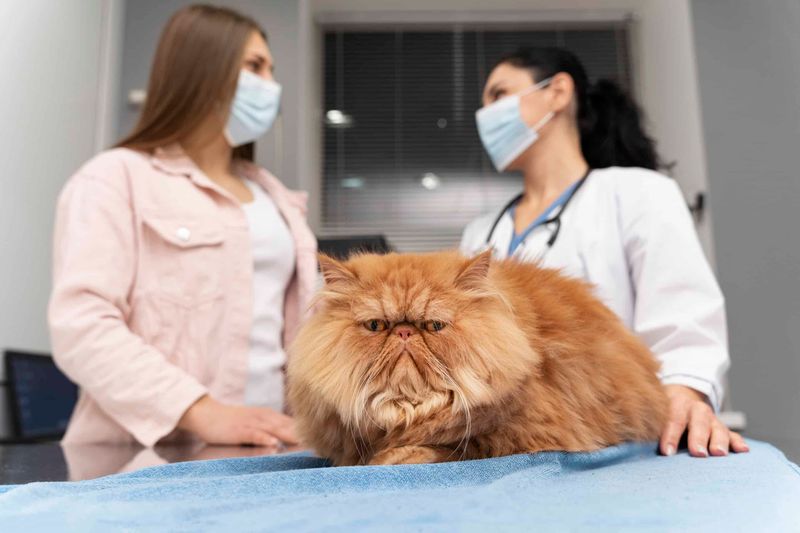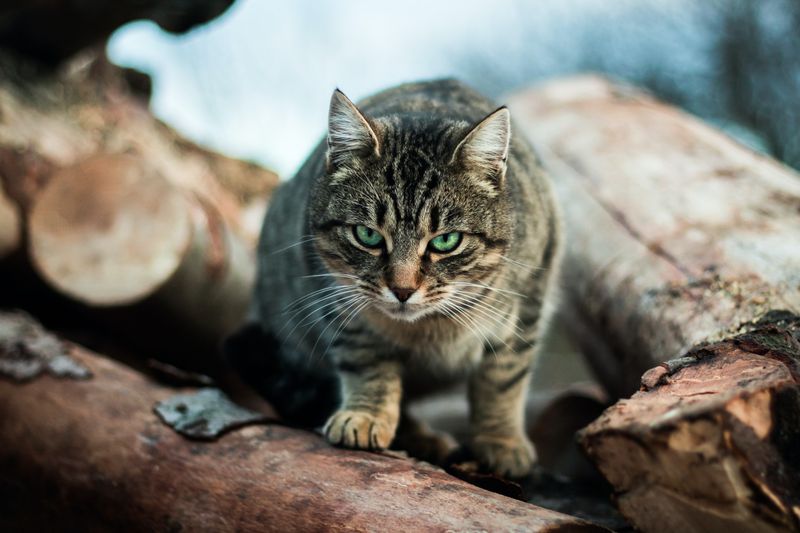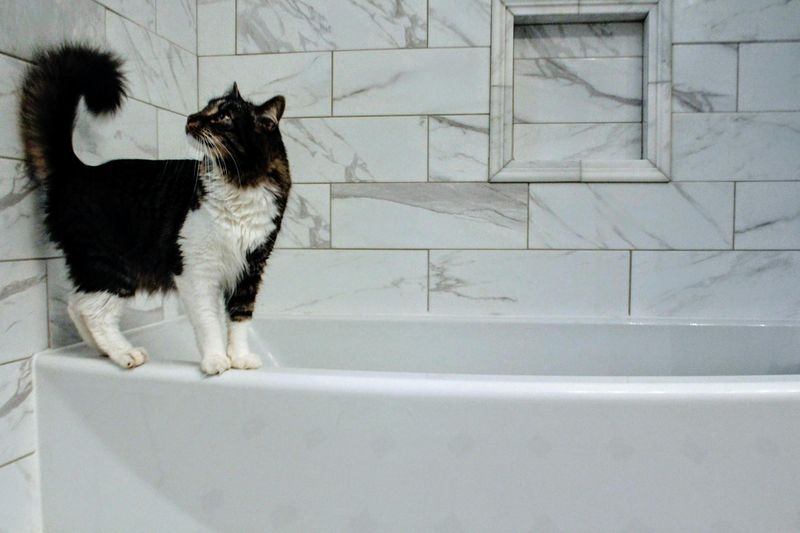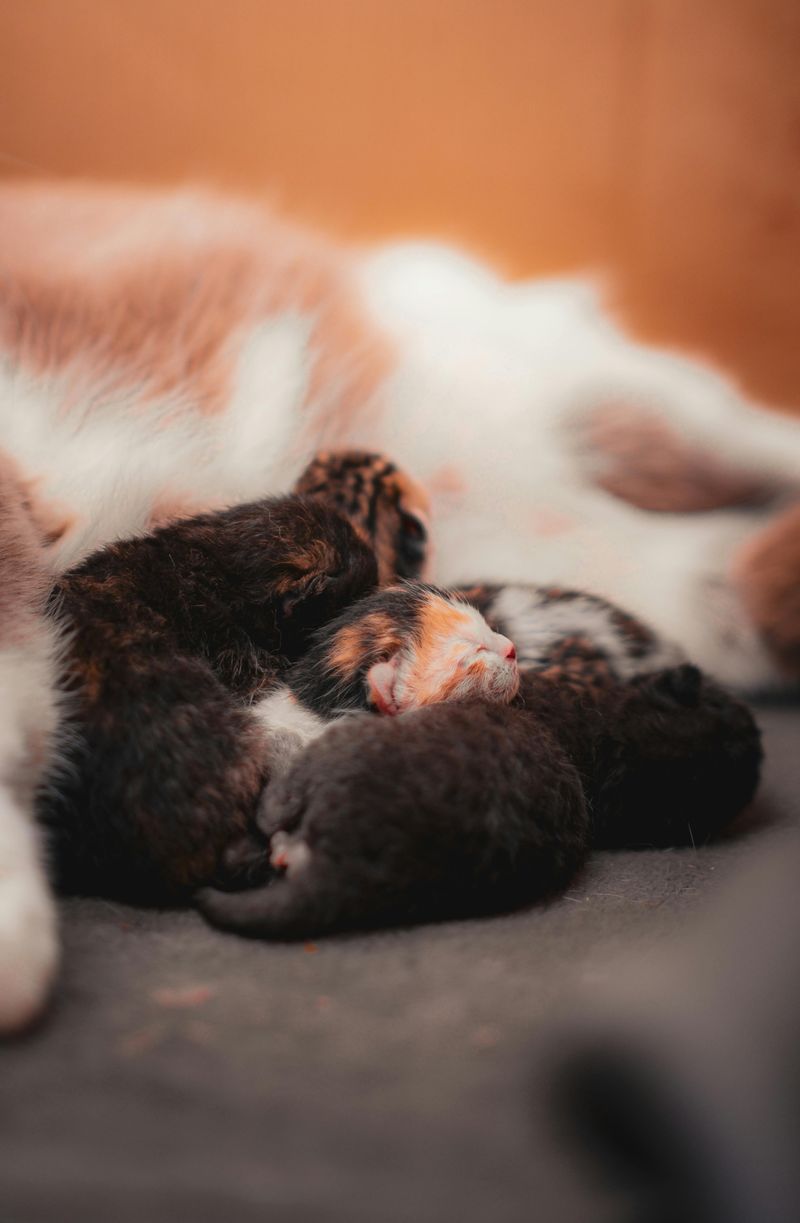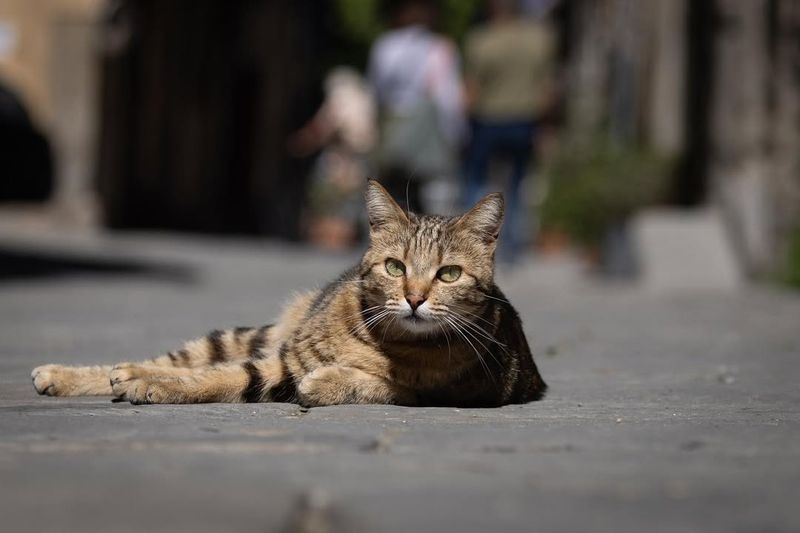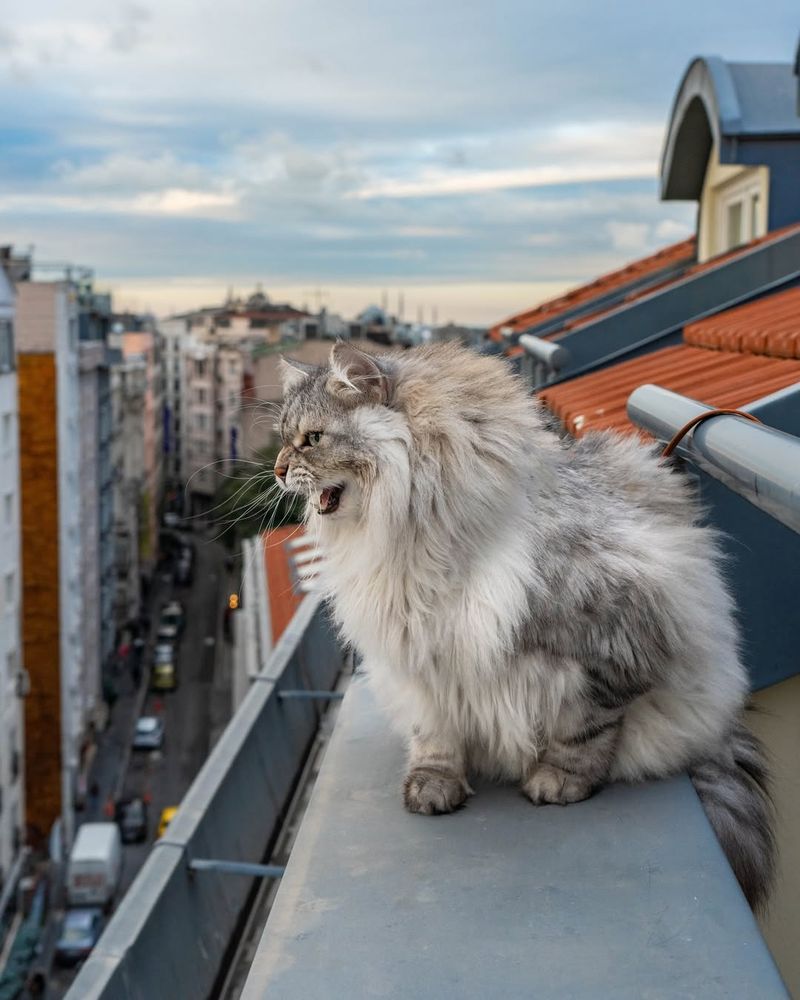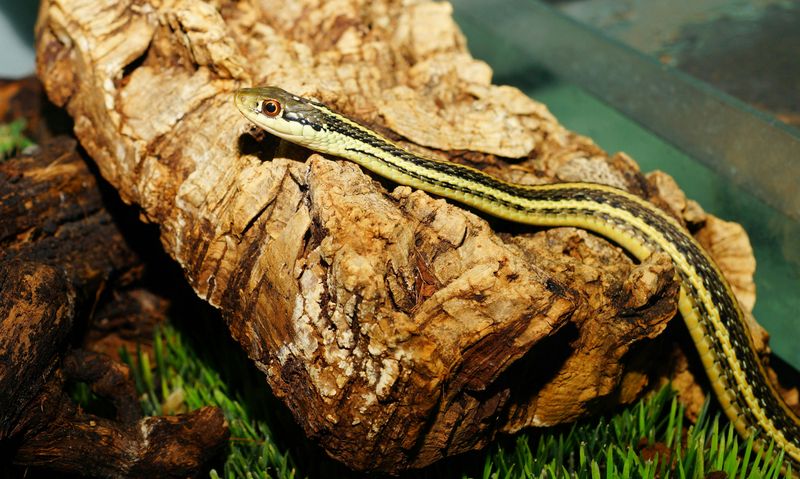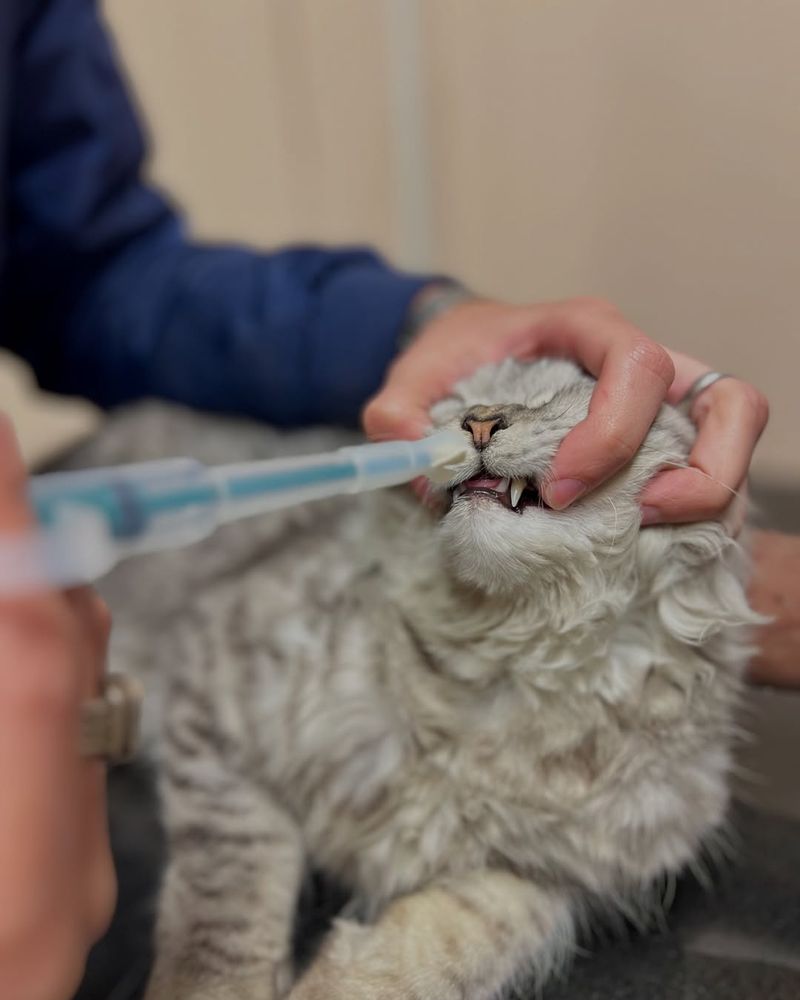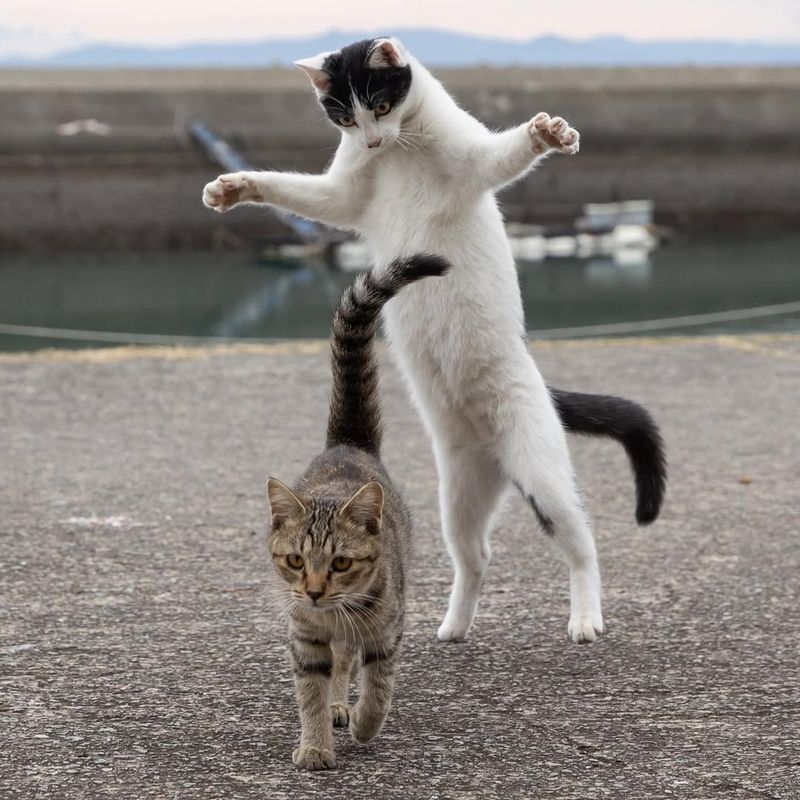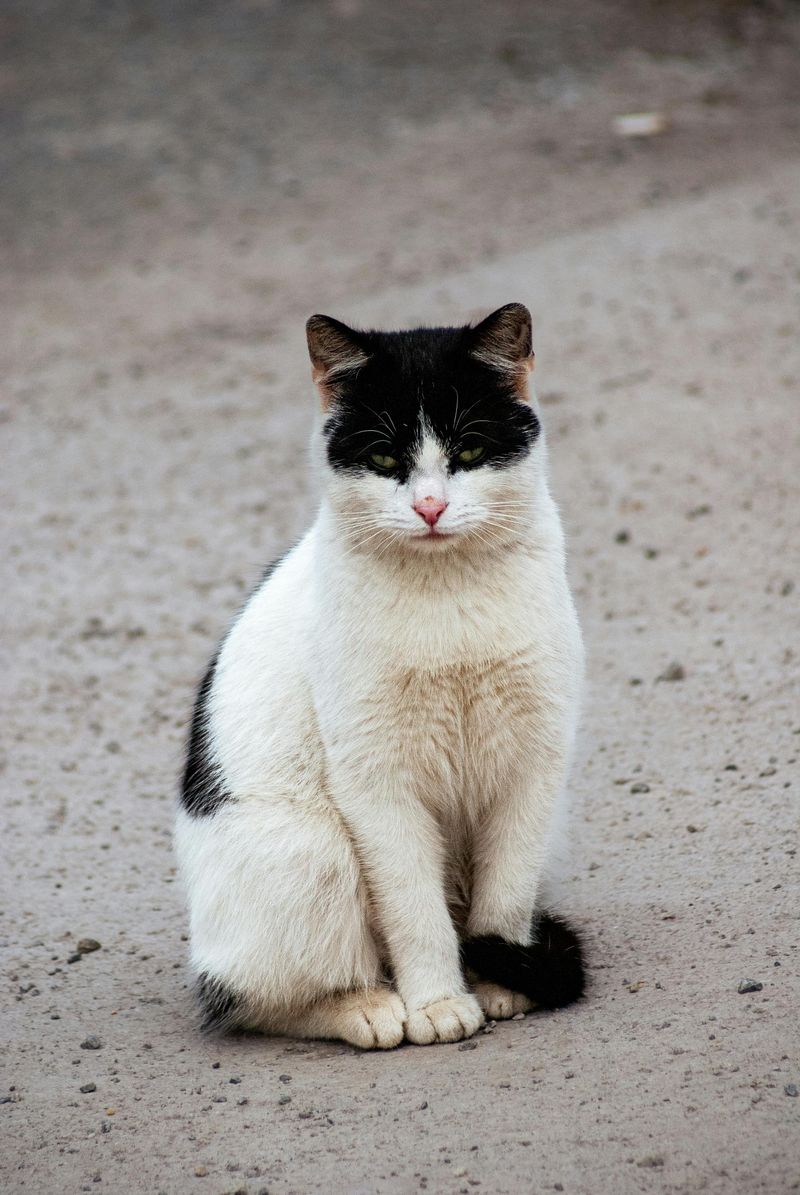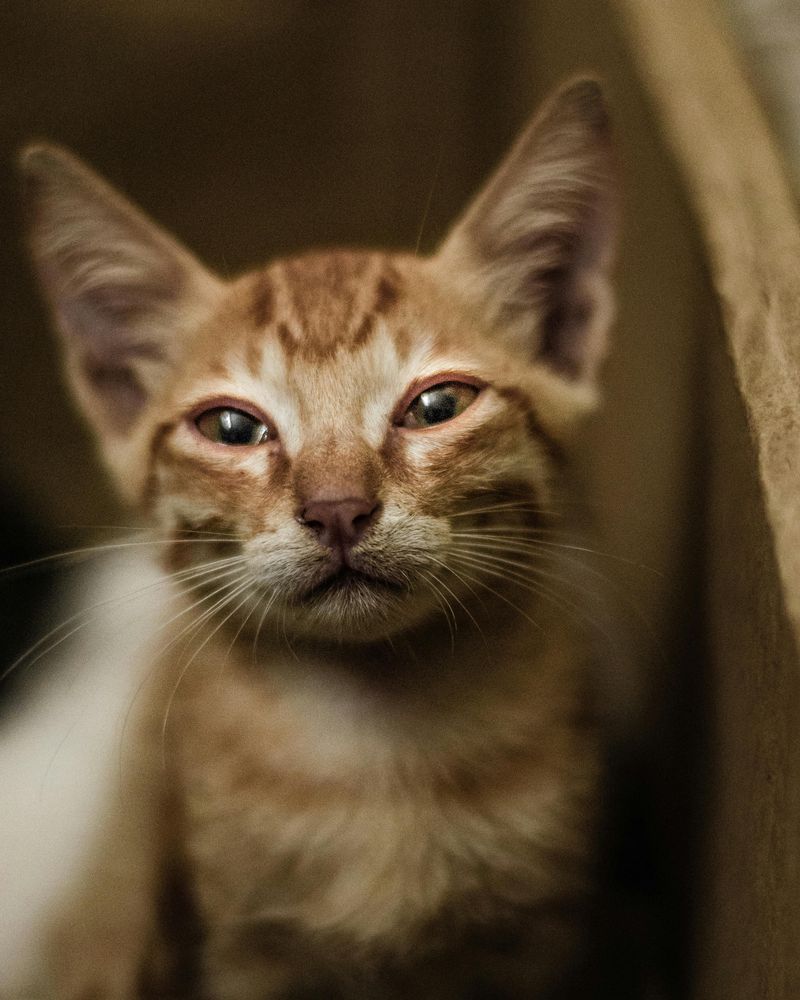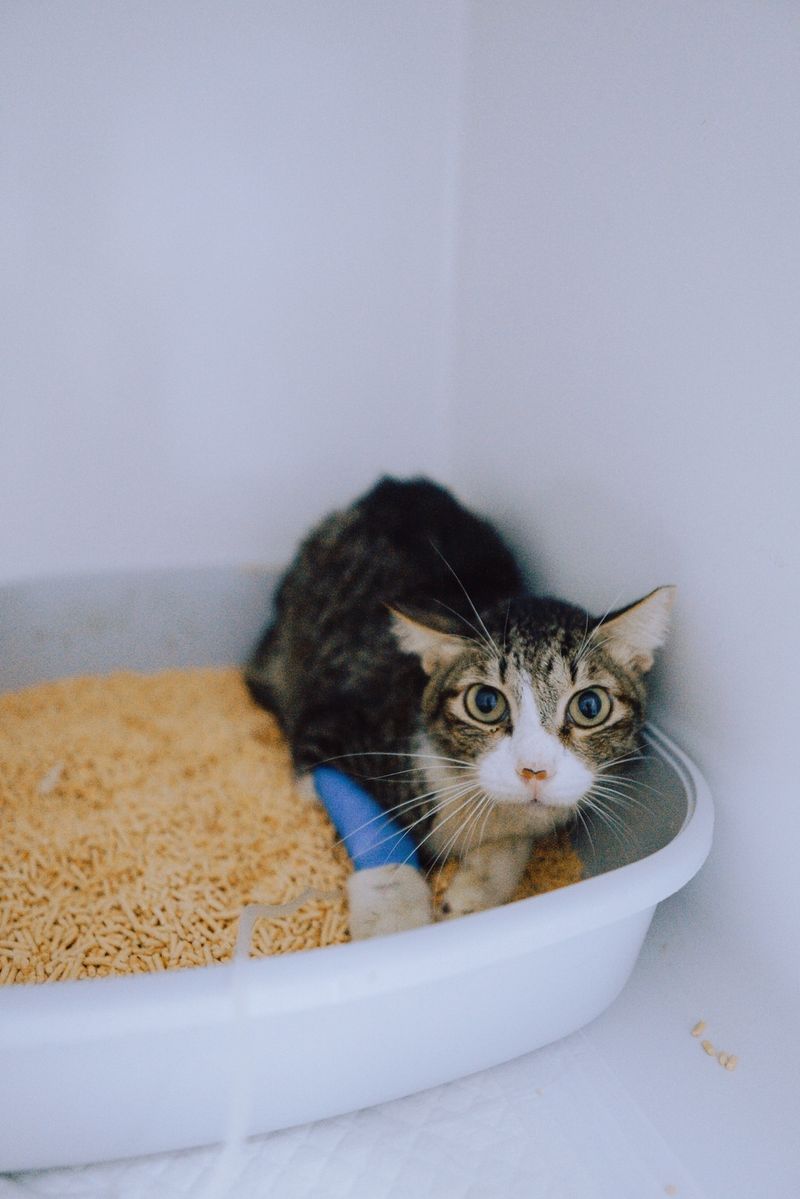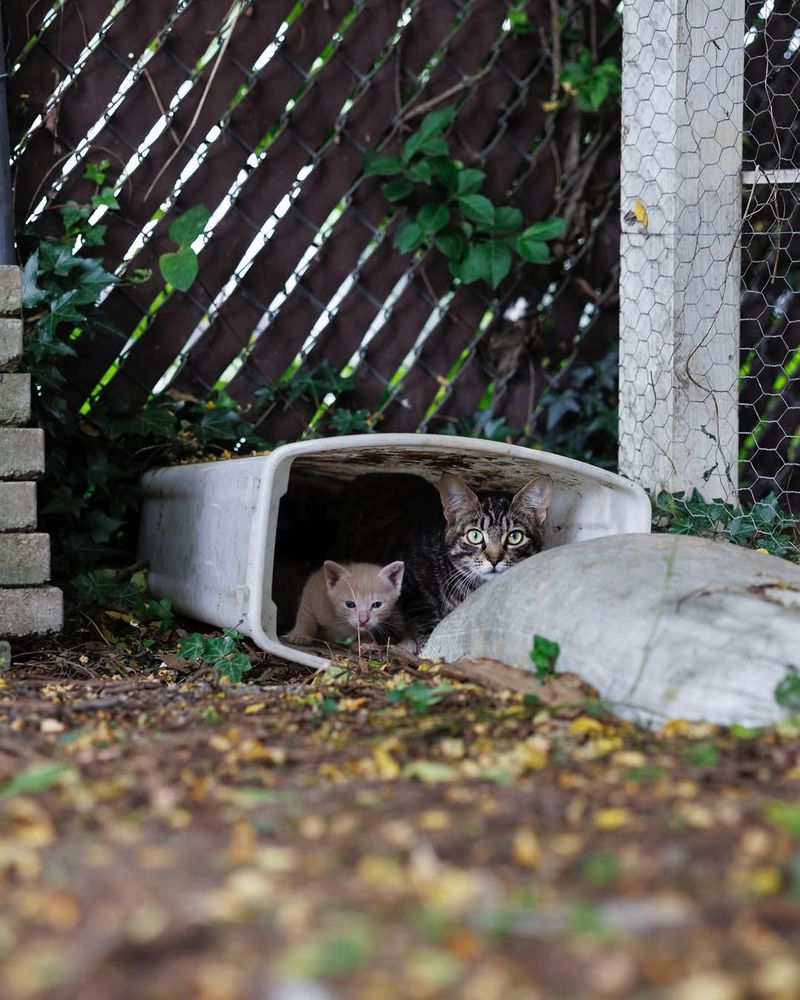📖 Table of Content:
- 1. Longer Lifespan
- 2. Protection from Predators
- 3. Lower Risk of Disease
- 4. Reduced Risk of Injuries
- 5. No Traffic Dangers
- 6. Easier to Monitor Health
- 7. Less Likely to Get Lost
- 8. No Hunting Wildlife
- 9. Cleaner and Less Exposure to Toxins
- 10. Prevents Unwanted Litters
- 11. Shorter Lifespan
- 12. Exposure to Traffic Dangers
- 13. Risk of Predators and Other Animals
- 14. Higher Risk of Disease and Parasites
- 15. Potential for Fights with Other Cats
- 16. Hunting Can Harm Local Wildlife
- 17. Possibility of Getting Lost or Stolen
- 18. Can Cause Nuisance to Neighbors
- 19. Higher Veterinary Costs
- 20. Exposure to Harsh Weather
Choosing whether to keep your cat indoors or allow them to explore the outdoors is a decision that many pet owners carefully consider. Both options have their own advantages and challenges, but keeping your feline friend indoors offers several significant benefits. From safety concerns to health and longevity, an indoor lifestyle can provide a more controlled and secure environment for your cat.
By keeping cats indoors, owners can protect them from numerous external dangers, such as traffic accidents, predators, and exposure to diseases. Indoor cats are also less likely to encounter harmful substances like pesticides or toxic plants. Additionally, this lifestyle reduces the risk of fights with other animals, which can lead to injuries or infections. These factors contribute to a longer, healthier life for indoor cats compared to their outdoor counterparts.
Beyond safety, indoor living also promotes a more comfortable and stress-free experience for both cats and their owners. Cats can still enjoy mental and physical stimulation through interactive play, cat trees, and window perches. A well-enriched indoor environment allows them to satisfy their instincts without the risks of outdoor hazards. In this blog post, we’ll explore ten key benefits of keeping cats indoors and how this choice can improve their overall well-being.
1. Longer Lifespan
Keeping cats indoors can significantly extend their lifespan. Indoor cats are less exposed to dangers such as traffic accidents and predators. This safety allows them to live comfortably for many years. While outdoor cats may enjoy an adventurous lifestyle, the risks they face can shorten their lives. By keeping them indoors, you’re ensuring they have a longer, healthier life. Indoor cats are also less likely to contract diseases, which contributes to their longevity. This controlled environment keeps them safe and sound, giving you more precious years together.
2. Protection from Predators
Indoor cats enjoy protection from natural predators. When confined indoors, they are safe from threats like coyotes, hawks, and larger dogs. This protection grants them peace of mind and a secure environment. Outdoor cats may face daily threats from these predators, often leading to injuries or worse. By keeping your cat indoors, you remove this constant risk. This safety ensures your cat leads a stress-free life, without the fear of being hunted. The indoors provide a sanctuary where your beloved pet can thrive without worry.
3. Lower Risk of Disease
They are less exposed to parasites, viruses, and other contagious ailments that often affect outdoor cats. This reduced exposure keeps them healthier overall. Regular vet check-ups further minimize health risks, ensuring any potential problems are caught early. The controlled environment of an indoor setting limits contact with disease carriers. This proactive approach to health means less stress for both you and your pet. By minimizing disease risk, you can enjoy a happier, healthier companionship with your furry friend.
4. Reduced Risk of Injuries
The safety of a home environment prevents accidents like car collisions or fights with other animals. Cats allowed outside often face dangers that can lead to serious injuries. By keeping them indoors, you eliminate these daily hazards. This protection means fewer vet visits and medical bills, allowing your cat to enjoy life without the risk of injury. A safe indoor environment offers peace of mind and ensures your cat stays healthy and active.
5. No Traffic Dangers
Keeping cats indoors eliminates the risk of traffic accidents. Outdoor cats often encounter busy roads, increasing their risk of getting hit by vehicles. By keeping them inside, you remove this threat entirely, ensuring they remain safe from such dangers. Traffic may excite their curiosity, but it poses a constant risk. An indoor life means they can watch the world safely without the threat of traffic. Your cat can enjoy the view without being exposed to the hazards of busy streets.
6. Easier to Monitor Health
Monitoring an indoor cat’s health is much easier. With them inside, you can quickly notice changes in behavior or appearance. Regular grooming and observation become routine, allowing for early detection of health issues. Frequent interactions help you notice subtle changes that might indicate a problem. This proactive care is vital for maintaining their well-being. Indoor living allows for regular veterinary visits and immediate attention when needed. The ease of monitoring ensures your cat stays healthy and receives timely medical care.
7. Less Likely to Get Lost
Keeping them inside means they are always close, minimizing the chance of them wandering off and not returning. By keeping your cat indoors, you always know where they are. This security ensures peace of mind, eliminating the worry of a lost pet. An indoor environment keeps your furry friend safe and always within reach.
8. No Hunting Wildlife
Cats kept indoors contribute less to hunting local wildlife. Outdoor cats often hunt birds, mice, and other small animals, impacting local ecosystems. By keeping them indoors, you prevent them from hunting and harming wildlife. This not only helps maintain ecological balance but also protects your cat from potential harm. An indoor lifestyle allows your cat to enjoy nature from a distance, safe from the dangers and responsibilities of hunting. Your cat stays engaged with the world, without the risk to wildlife.
9. Cleaner and Less Exposure to Toxins
Living inside reduces contact with harmful substances like pesticides and chemicals found outdoors. This clean environment reduces the risk of skin irritations or toxic ingestion. You can control their surroundings, ensuring they are free from hazardous materials. A life indoors keeps your cat’s coat cleaner and healthier, reducing grooming needs. This controlled environment ensures their safety and cleanliness without the worries of any outdoor pollutants.
10. Prevents Unwanted Litters
By keeping your cat inside, you are able to control their interactions, preventing unwanted situations. This reduces the number of homeless animals and helps control the pet population. An indoor lifestyle ensures your cat’s safety and helps contribute to responsible pet ownership. This control over their environment means fewer chances of them breeding accidentally.
11. Shorter Lifespan
Cats that roam freely outdoors tend to have shorter lifespans compared to their indoor counterparts. This is mainly due to the increased exposure to various risks that the outside world presents. From potential encounters with traffic to unforeseen accidents, outdoor cats often face life-threatening situations more frequently. Indoor cats, while sometimes less stimulated, typically enjoy longer and more predictable lives. Offering them a safe environment free from outdoor dangers can significantly enhance their longevity.
12. Exposure to Traffic Dangers
Traffic dangers pose a significant threat to their wellbeing, as many cats do not understand the hazard vehicles present. The unfortunate reality is that cats can dart unexpectedly, leading to tragic accidents. Keeping your cat indoors or in a secure garden can eliminate the stress and risk of traffic-related injuries. Cats may not fully comprehend the speed and danger of cars, so it’s vital to take preventative measures.
13. Risk of Predators and Other Animals
Roaming cats often find themselves in the territory of other animals, some of which can be predators. This includes larger mammals, birds of prey, and even aggressive dogs. The wild can be a harsh environment for a domesticated cat, not equipped to handle all potential threats. Encounters with aggressive animals can result in injuries or even death. Minimizing contact with these threats by keeping cats indoors can protect them from becoming prey themselves.
14. Higher Risk of Disease and Parasites
The exposure to other animals increases the likelihood of transmitting illnesses such as feline leukemia or FIV. Parasites like fleas, ticks, and worms are also more prevalent among outdoor cats, leading to discomfort and health issues. Regular veterinary check-ups and preventative medications are essential for roaming cats. However, these measures might not fully eliminate the risks compared to keeping them indoors.
15. Potential for Fights with Other Cats
Cats are territorial creatures, and when they roam, they may encounter other cats, leading to aggressive confrontations. Fights can result in serious injuries and infections, such as abscesses. These encounters create stress and can be particularly harmful to a cat’s well-being. Beyond physical harm, the emotional toll of constant territorial disputes can affect their mental health. Keeping cats indoors helps prevent these altercations, ensuring a more peaceful and stress-free environment.
16. Hunting Can Harm Local Wildlife
Their hunting can significantly impact local ecosystems, particularly in areas with vulnerable species. Wildlife disruption is a growing concern, with some species declining due to predation by domestic cats. Providing toys and indoor hunting games can satisfy a cat’s instincts without harming wildlife, offering an ethical alternative to letting them roam.
17. Possibility of Getting Lost or Stolen
The unfamiliar environment can confuse your cats, making it difficult to find their way back. Additionally, there is the unfortunate possibility of theft, as friendly cats might be picked up by well-meaning individuals or those with ill intentions. Keeping cats indoors or supervised in enclosed spaces ensures their safety and significantly reduces the risk of them going missing.
18. Can Cause Nuisance to Neighbors
Outdoor cats can sometimes become a nuisance to neighbors, digging in gardens or using flower beds as litter boxes. This behavior can strain relationships and create community tension. Not everyone appreciates feline visitors, and some might take measures to discourage cats from entering their property. These actions could unintentionally harm the cat.
19. Higher Veterinary Costs
Felines that venture outside are more likely to experience injuries, illnesses, and parasite infestations, leading to frequent veterinary visits. These health risks not only affect their overall well-being but can also result in costly medical treatments. Exposure to other animals, traffic, and environmental hazards increases the chances of unexpected health issues. Medical expenses for wounds from fights, infections, or accidents can accumulate quickly, creating a financial strain for pet owners. Additionally, those that spend time outdoors require more frequent parasite prevention and vaccinations due to their increased exposure to fleas, ticks, and other threats.
20. Exposure to Harsh Weather
Extreme conditions can lead to health issues like hypothermia or heatstroke. Providing a stable indoor environment ensures that your cat is comfortable and protected from weather extremes. While some might argue cats can adapt, the risks associated with harsh weather make it safer to keep them indoors, where their comfort and health can be closely monitored.
